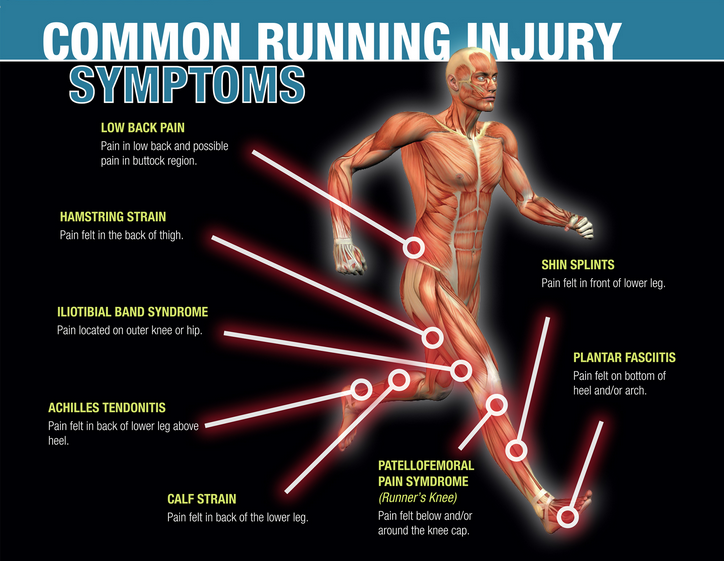
Lymphedema and Breast Cancer
August 25, 2019
Running
September 8, 2019What is core?
The definition of core is the part of something that is central to its existence or referring to the tough central part.
You have probably heard people speaking about core referring to their body, for example they have a weak core, or they need to do core exercises.
So, what exactly is the core? There is a huge misunderstanding of what core is and many people think that these are purely abdominal muscles, that you can do a few crunches and you will be strengthening your core. The abdominal muscles do play a big role in the core, but this is not all, it goes so much deeper than that.
To put it simply the core is like a box made up of four side, these four sides include the deep transversus abdominus muscles, the back-multifidus muscles, the diaphragm and the pelvic floor.
These four components must work together to effectively be working your core. 
These four components that make up the components of this box protect everything inside this area, this being all your vital organs as well as your spine and spinal cord. When the core is activated the nervous system anticipates the activity and braces for support to protect this area.
When these components activate effectively it works as a muscular corset, tightly fitting and protecting around this area.
Core does not only protect but if your core is strong all movements and physical activity will be easier as this is the center, the stabilizer, where all movements are initiated and powered from. The core stabilizers your body, allowing you to move in all directions, playing a huge part in balance and the connection between upper and lower body movements. Core is used in ever day movements from putting shoes on, reaching to a top shelf to running. A weak core can leave you susceptible to poor posture, followed by other compensations, pains and injuries.
A weak core leading to poor posture may put extra pressure and tension on these internal structures, changing pressure systems within the body, creating different fascial tension as well as compression into certain area.
It is important to build core stability first and then build strength as you want to build from the deeper muscles first, to have a rock-solid base and then the rest will follow.
Starting from the basics is essential to incorporate all areas of the core. The correct technique of breathing is needed to make sure you engage your diaphragm, the correct placement of the hips is also essential to engage the pelvic floor, abdominal and back muscles all at the same time. 
So, to sum it up, doing a plank or a crunch does not necessarily mean you are engaging your core correctly. I would advise learning these principles first with a trained professional to ensure you are getting the maximum benefit. This would result in a strong body, good movement patterns and well rounded functioning of all systems of the body.
Amy Jane D.H


